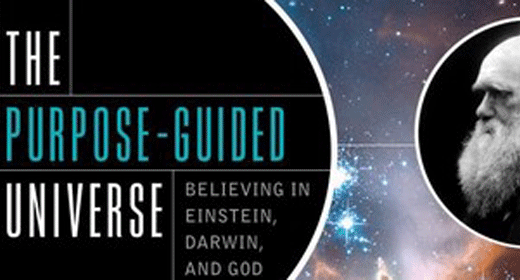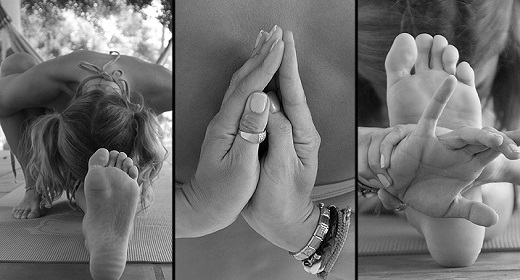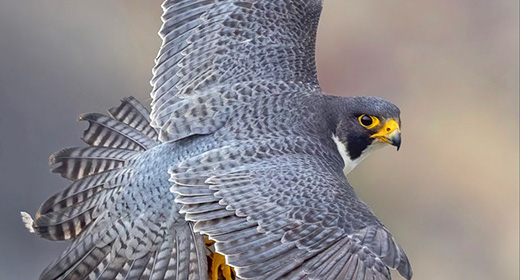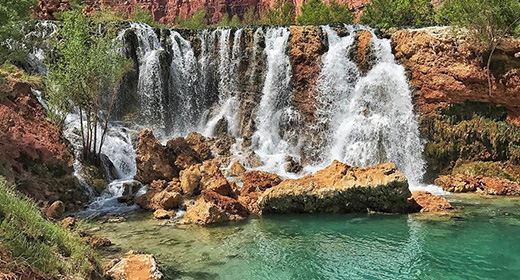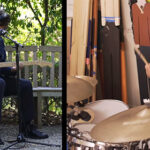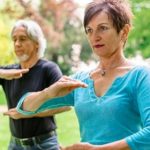Yoga is a way of life, a search for meaning and a method for finding true health and happiness…
The Ashtanga Yoga system is a living lineage that dates back nearly five thousand years in an unbroken line of teachers, sages and gurus that culminates in the life of Sri K. Pattabhi Jois, his son Sharath Rangaswamy and every Ashtanga practitioner today. Developed by TKV Krishnamacharya and his student Sri Krishna Pattabhi Jois who tells us that it was derived from the ancient indian text, the Yoga Kurunta, written by Vamana Rishi. Krishnamacharya is one of the world’s most legendary masters of yoga. He was initiated into the science of Yoga by his Guru, Rama Mohan Brahmachari. Among Krishnamacharya’s students we find TKV Desikachar (his son), BKS Iyengar and Indra Devi along side Jois who studied with him from 1927 and into the 1950’s. Jois, or Guruji as he is affectionally called by his students, continued the lineage of these teachings, sharing them with thousands of practitioners around the world.
the practice
The Ashtanga Yoga Vinyasa system is sequences of postures that vary in difficulty and benefit. The flow between each posture is an integral part of the practice.
There are three groups of movement sequences and six series in total: The Primary Series, Yoga Chikitsa, cleanses and tunes especially the physical body. The Intermediate Series, Nadi Shodhana, purifies the nervous system, opening up for more subtle experiences of our energies and mind. The Advanced Series A, B, C and D, Sthira Bhaga, literally meaning strength and grace, which further explores flexibility, vigor and tranquility as an integrated synergy, requiring higher levels of humility and dedication. Each series of postures must be accomplished before proceeding to the next. The practice is cumulative and it is essential to follow the order of postures (asanas) meticulously as each individual asana builds on the previous one and prepares practitioners for the next. The sequential process of learning Ashtanga Yoga allows its practitioners to develop the concentration, strength, flexibility and stamina needed to progress in a safe and balanced manner. Each asana, or group of asanas, has a specific effect that is counter balanced by the previous asana, or group of asanas.
Breathing cannot be overemphasized in the Ashtanga system. When we are born we breathe in and when we die we breathe out – in between these two breathes our life spans. Guruji says: ‘Ashtanga practice is a breathing practice … the rest is just bending’. The breath is the key to the the realm of tranquility and power and with it we can regulate and control our nervous system. The breath is the door between our body and our mind, the portal between meditation and asana practice and often the first step on the way to a more spiritual, soulful and happy lifestyle. Breathing is our most fundamental and vital act and holds a divine essence.
vinyasa
Postures are linked together through flowing movement (vinyasa). Vinyasa means breath synchronized with movement. In Ashtanga Yoga the movement is always synchronized with the breath and there is never a separation between the two actions. When the synchronization of movement and breathing is an integral part of the yoga practice and the three body locks (Moolabandha, Udiyanabandha and jalandarabandha) are applied, an internal, purifying heat is generated in the body. Unwanted toxins are released and disposed of, vital hormones and minerals flow into the bloodstream and the nervous system is purified. The result is a light and strong body.
tristana
Ashtanga Yoga utilizes a three-pronged approach called Tristana. Tristana consists of correct breathing (Ujjayi)*, yoga postures/asanas (including correct use of the bandhas)**, and the precise gazeing (dristi)***. This is both a method and a state and practitioners develope control of the senses, a deep awareness of themsleves and their inner sensations, emotions and workings of the mind. By maintaining this discipline with regularity and devotion, practitioners develop steadiness of body and mind.
heart of yoga
Ashtanga literally means eight limbs. All yoga is techniaclly speaking ashtanga yoga as all yoga follows the eight limbs described by Patanjali. But these days the term is commonly used to describe the method taught by Jois. The eight limbs are described by Patanjali as:
- Yama (ethical disclipline):
ahimsa (non-violence)
satya (thruthfulness)
asteya (non-stealing)
brahmacharya (refraining from sexual indulgence)
aparigraha (detachment) - Niyama (observation & purification):
sauca (cleanliness, purity)
santosha (contentment)
tapah (austerity)
svadhyaya (study towards self knowledge)
ishwara-pranidhana (surrender to God/higher self) - Asana (postures)
- Pranayama (breath control)
- Pratyahara (sense withdrawal)
- Dharana (concentration)
- Dhyana (meditation)
- Samadhi (consciousness itself)
The eight branches mutually support each other and are to be learned and taken into daily committed action. An established asana practice prepares dedicated yogis for a balanced practice of the more subtle limbs such as pranayama which are the key to embodying the yamas and niyamas. The heart of yoga is ethical living, honesty and compassion.
how to learn
Please note that you should learn only from a traditionally trained teacher who follows the lineage of Sri K. Pattabhi Jois to ensure a safe and healthy journey for the body and mind into the science of the Ashtanga Method to yoga.
* Ujjayi breath (breath of victory): The core of the practice. Fascilitates movement in the physical body, creating ‘room to roam‘ between your bones underneath your skin. quiets the mind from unnecessary entanglements. distributes appropriate energy through-out your body and unifies the physical, mental and energetic bodies to one solid entity of motion, transformation and power. Generates purifying heat in the body.
** Bandha (valves or locks): Moolabandha, Uddiyanabandha and Jalandarabandha helps you integrating your physical and energy bodies. Through the use of the three bandhas in your practice, the body comes together to one entity, creating bounce, flow and grace. It accumulates the generation of purifying heat deep in your body and, yet again, makes for a strong internal focus point for your mind to rest.
*** Dristi (focus): The eyes as a help to focus the mind, instigating a more internal and potentially meditative practice. Helps keeping your mind and senses within the parameters of your physical body.




